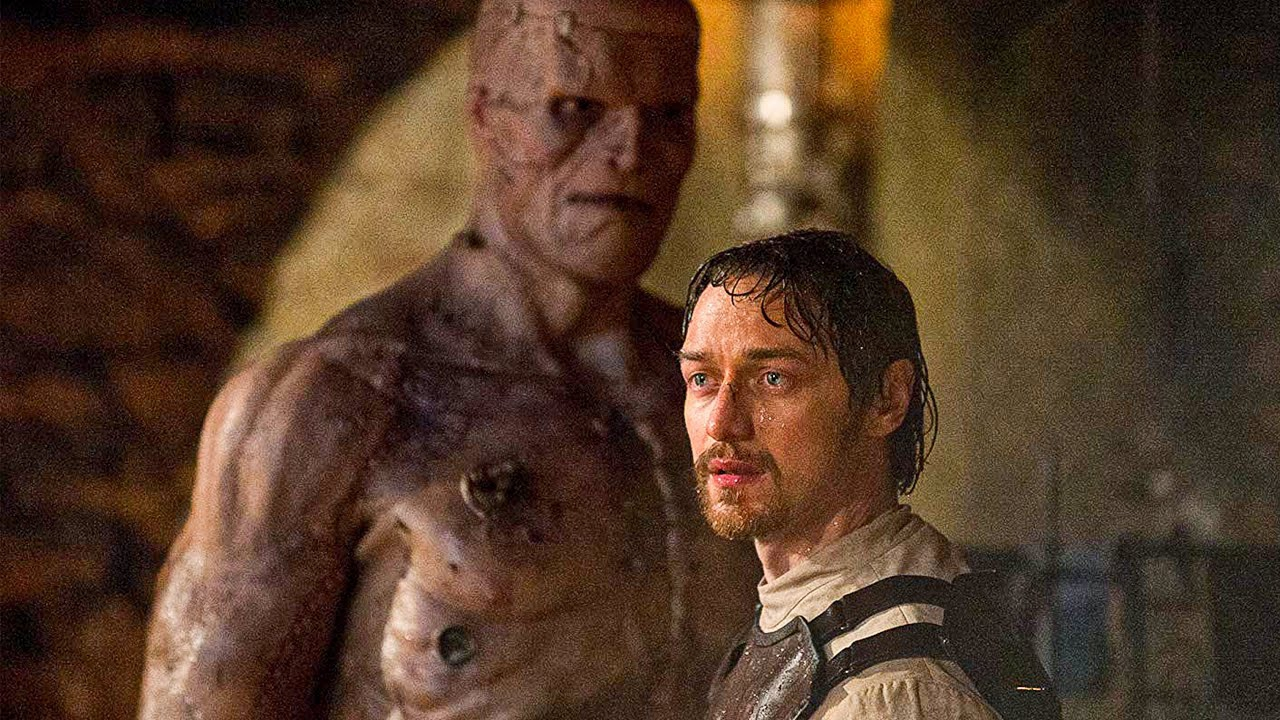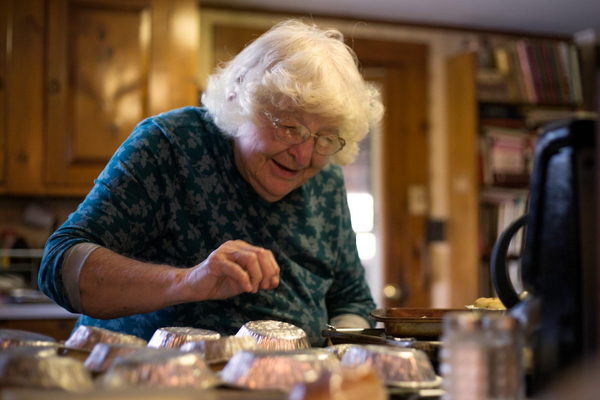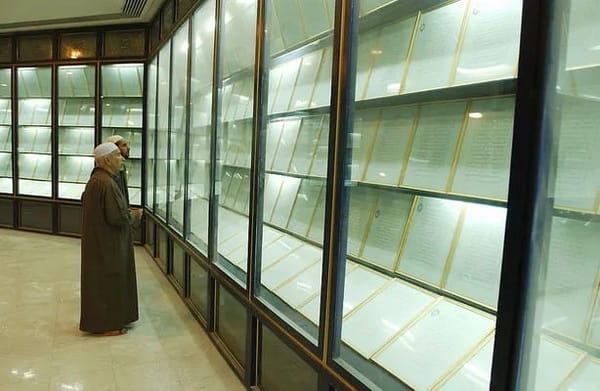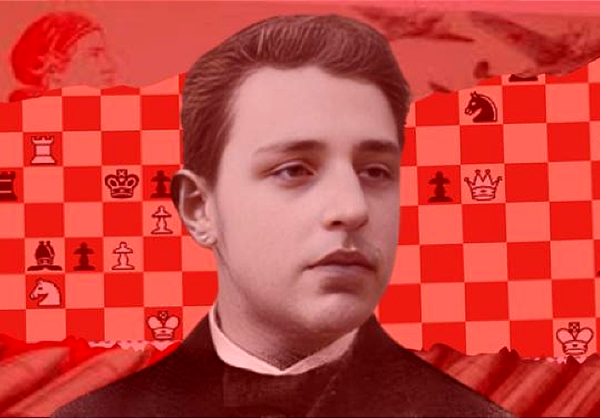The connection between a volcano and Frankenstein

Mary Godwin and her lover Percy Bysshe Shelley travelled to Europe in 1816, and went to Geneva, to stay with Lord Byron. That year was remarkable for being the "year without a summer." In 1815 there was a large volcanic eruption of Mount Tambora on the Indonesian island of Sumbawa. Clouds of volcanic ash were propelled into the upper atmosphere, obscuring the sun. The Northern hemisphere saw crop failures, food shortages and sudden climatic change. At the time many were unaware of the causes of this strange phenomenon, and it was common to have to light candles in the middle of the day due to the darkness. Mary and her companions found themselves unable to enjoy the outdoors and instead spent their time inside discussing science, politics and literature. Eventually Byron suggested a ghost story writing competition. And thus, Frankenstein was born.
What happens when a philosopher falls in love
Agnes Callard calls herself a "public philosopher," which means she applies philosophical thinking to every aspect of her life — including falling in love with a student, divorcing her husband and then living with both of them at the same time. Agnes views romantic relationships as the place where some of the most pressing philosophical problems surface in life, and she tries to “navigate the moral-opprobrium reflexes in the right way,” so that people won’t dismiss the topic as unworthy of public discussion. “If you’re a real philosopher,” she said, “you don’t need privacy, because you’re a living embodiment of your theory at every moment, even in your sleep." Jonathan Lear, a philosopher at the University of Chicago, said Agnes approaches every conversation as if it were integral to her life’s work, as it was for Socrates. “She’s attempting to live a philosophical life, and this includes taking responsibility for the very concept of marriage.”

In the 1930s, some mothers hung their babies out the window
You probably remember your mom being a little more freewheeling about child safety than today's young parents are. Perhaps you roamed aimlessly around the neighborhood until dinner, or rode in a not-so-secure carseat (or, if you were really lucky, a "travel platform"). But new parents from a generation or two ago had nothing on the daring London moms of the 1930s: They literally hung their babies out the window. Dangling "baby cages" came into vogue after they were invented in 1922, but their origin really began with the 1884 book The Care and Feeding of Children, by Dr. Luther Emmett. In his book, Emmett carefully describes how babies need to be "aired to renew and purify the blood." The idea that babies need fresh air persists, regardless of the science behind it — in Scandinavia, little ones in strollers are often parked outside restaurantswhile their moms take a break inside. But whatever was a doting, apartment-living mom to do? Responding to a lack of homes with outdoor space, some London communities began outfitting windows with infant-sized cages for babies to hang out in.

The MacArthur ‘genius’ who got her break at 58
Born in Iowa in 1920 to a family of Quaker farmers, Amy Clampitt graduated from Grinnell College in 1941, then headed on her own to Manhattan. There she found work in publishing but focused all her creative energy for 20 years on writing novels, none of which were published. In New York, Clampitt became active in antiwar, feminist and prisoner rights protests, and then turned toward poetry, saying she wanted to “name things.” She enrolled in a poetry workshop at the New School at age 57. The course instructor, Daniel Gabriel, said he found her student verse "overwritten, obscurantist and difficult.” Yet her first full-length book of poetry, published in 1983, became an immediate classic. Prizes, publications and critical acclaim followed — a Guggenheim fellowship and a MacArthur “genius grant,” among them. Clampitt died in 1994 at age 74.

The lie detector was never very good at telling the truth
A lie detector test is inherently stressful, and being asked about a theft or a murder weapon can cause an emotional response whether a person is guilty or not. Over the past 100 years, those flaws have proliferated as the use of the machine has spread across the world. In fact, despite being repeatedly debunked by numerous scientific studies, polygraph tests are still widely used to screen government employees and to pressure suspects to confess. Test results are hugely biased by who is running the test, and who is being tested. The College Hall investigation was the start of a pattern of misuse and power imbalance that has continued for more than a century, altering the justice system and our relationship with the truth in ways that are still felt today.

What professional wrestling can teach us about how society works
The sophisticated "scientific concept" with the greatest potential to enhance human understanding may be argued to come not from the halls of academe, but rather from the unlikely research environment of professional wrestling. Evolutionary biologists Richard Alexander and Robert Trivers have recently emphasized that it is deception rather than information that often plays the decisive role in systems of selective pressures. Yet most of our thinking continues to treat deception as something of a perturbation on the exchange of pure information, leaving us unprepared to contemplate a world in which fakery may reliably crowd out the genuine. We may fairly ask what rigorous system would be capable of tying together an altered reality of layered falsehoods in which absolutely nothing can be assumed to be as it appears. Such a system, in continuous development for more than a century, is known to exist and now supports an intricate multi-billion dollar business empire of pure hokum. It is known to wrestling's insiders as "Kayfabe"

A cheetah can go from zero to 100 km/h in less than three seconds
No land animal can outrun a cheetah. Capable of going from 0 to 100 km/h in less than 3 seconds, the cheetah is considered the fastest land animal on Earth
— Massimo (@Rainmaker1973) March 7, 2023
[📹 yousra20058albrahim: https://t.co/RvvuZvIPO5]pic.twitter.com/j7XSdor2CJ



